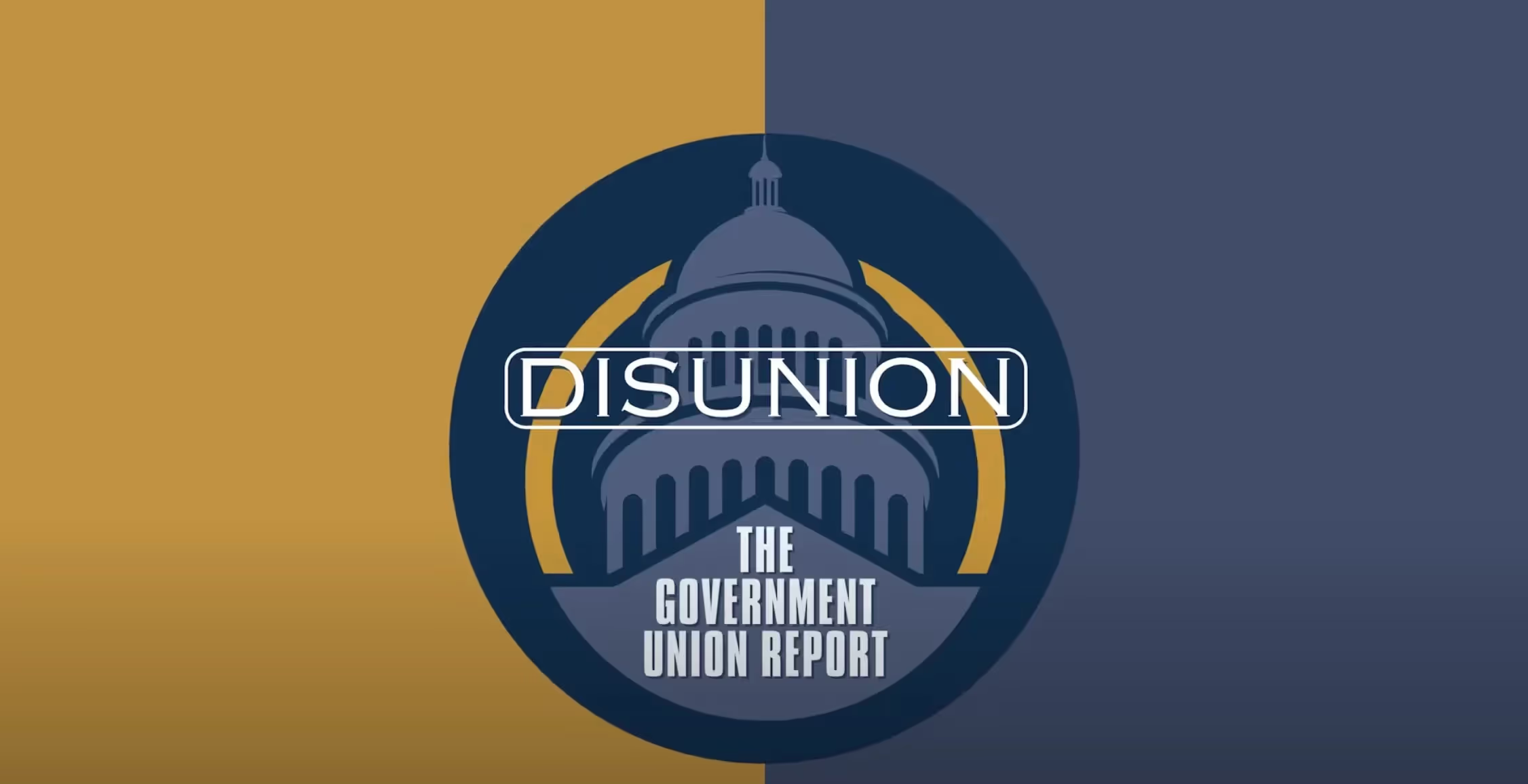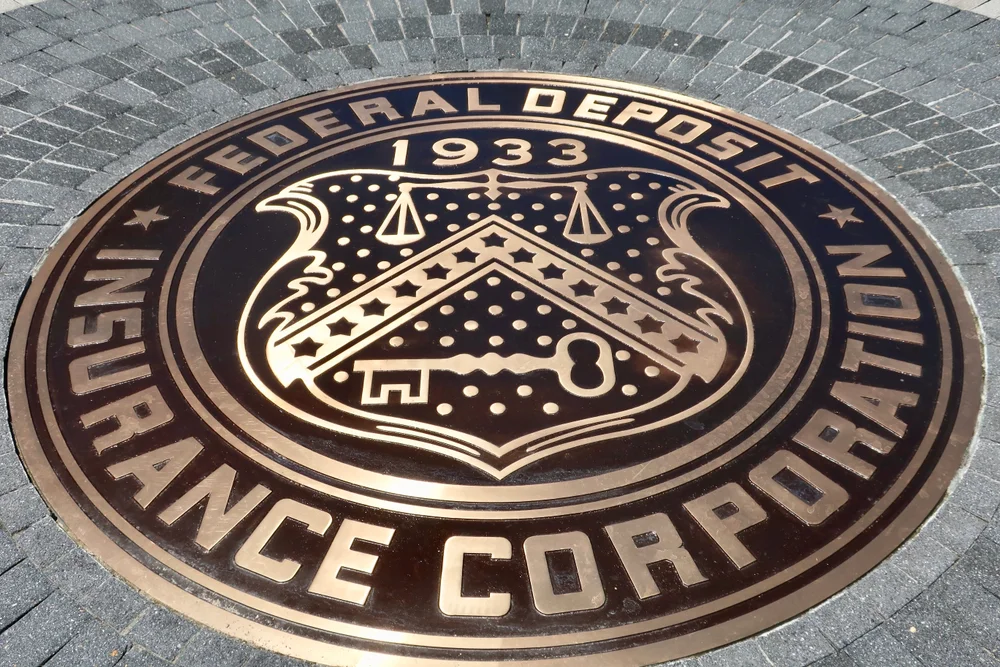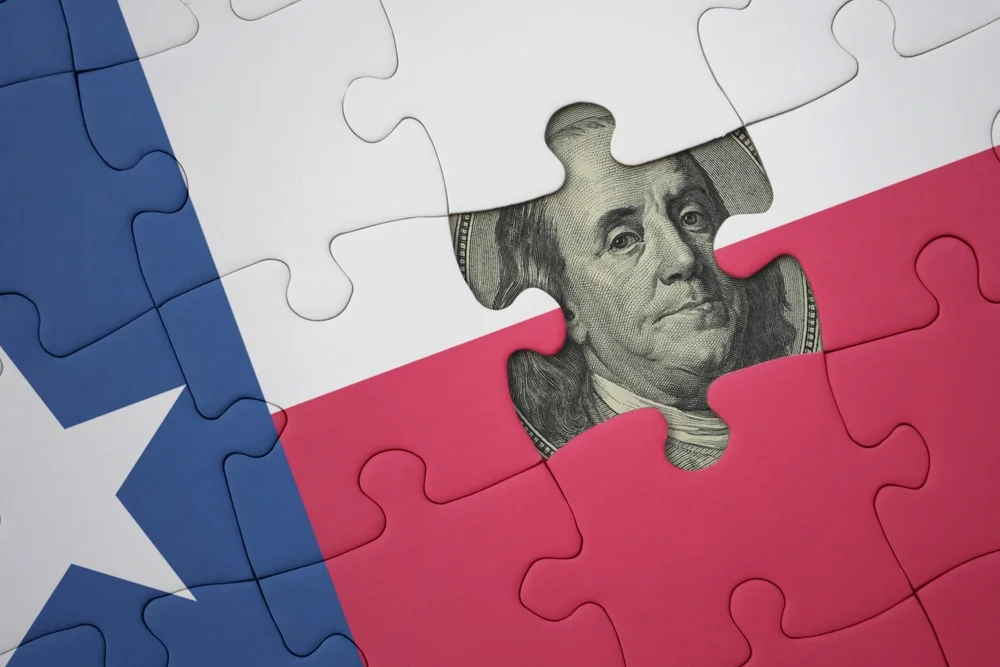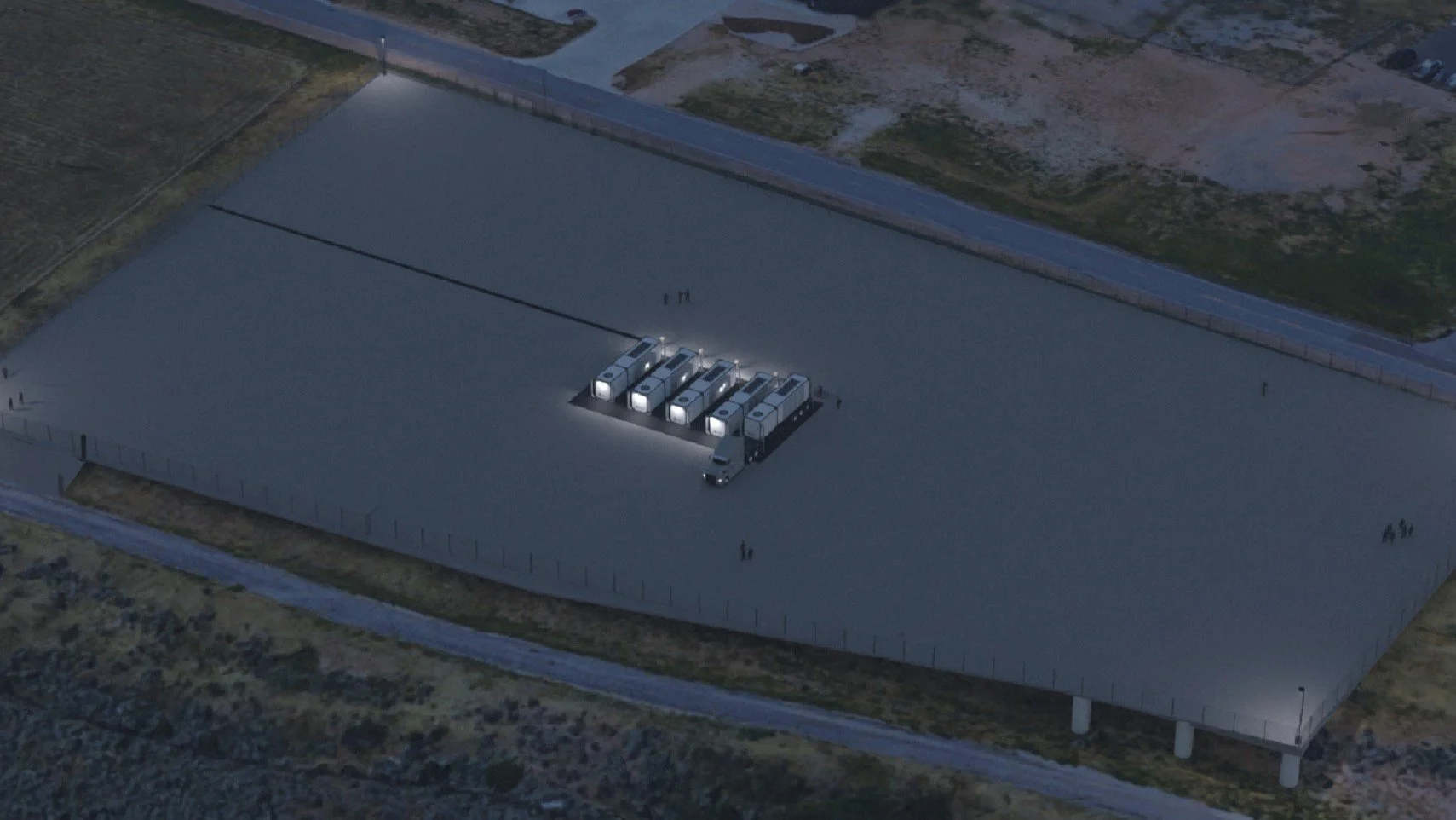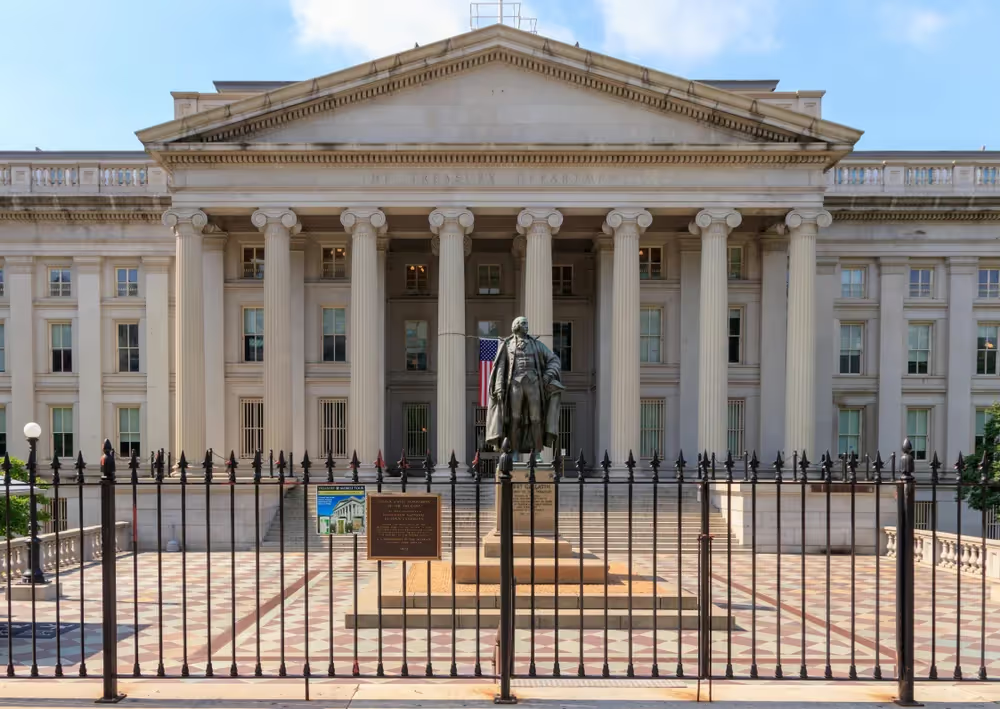
When Will America Max Out the National Credit Card?
Washington runs its fiscal affairs as if it were a household putting everything on a credit card that it issued to itself.
Imagine for a moment that a family decides they want to buy a house, a car, groceries - all the typical things a household might spend money on. Now, imagine that instead of going through banks and credit unions, this household decides to put all of this on a credit card. After all, they reason, this credit card doesn’t require collateral, it doesn’t require a cumbersome application process, and it certainly doesn’t require them to submit any plan for how they’re going to pay off their credit card balance Finally, imagine that if this household were to hit their credit limit, they could call the credit card company and inform them (as opposed to asking them) that the credit limit was too low and that it would be raised. This would seem insane and irresponsible, would it not?
Unfortunately, this is precisely how the federal government has operated since 1917.
At the outset of our nation, the Founders explicitly gave Congress the power of the purse. However, they did not create a national credit card. This was done intentionally, as any borrowing that the Congress was going to do would have to be explicitly authorized by Congress. Major decisions, such as the Louisiana Purchase in 1803 and the Panama Canal in 1912, were paid for through the issuance of public debt, but that debt was only possible after weeks of careful and serious deliberation. Further, what this meant was that any debt incurred would have been tied to a specific and identifiable purpose. Importantly, this allowed voters to assess whether the national debt was worthwhile, as they could evaluate exactly what the debt was being used to finance.
In the throes of the First World War, Congress found itself having to repeatedly authorize new debts to continue funding the war effort. Recognizing that they were constituted as a slow moving and deliberative body and that the needs of war were quickly changing and required additional flexibility, Congress passed the Second Liberty Bond Act of 1917. This Act created a “debt limit” of $15 billion. Originally intended to provide temporary flexibility during wartime, the Second Liberty Bond Act of 1917 created the scope for fiscal malfeasance.
But then came the economic calamity of the Great Depression. Keynesian economics, conceived initially as a relatively benign idea that promised to be simple in application and profound in impact, provided the supposed cure. When faced with an economic downturn, government officials could engage in deficit spending and thereby provide the stimulus needed to prevent catastrophe. In times of plenty, the government could run surpluses and either pay off previously accumulated debt or establish a rainy-day fund for a future downturn. The implication of this is that the federal government need not balance its budget on an annual basis; the budget would balance itself over a sufficiently long run as government officials wisely responded to the changing business cycle.
Unfortunately, this fundamentally changed the relationship between debt, federal budgets, and the economy. The days of fiscal prudence were over. Now, not only was incurring debt viewed as morally good, but it came with a powerful economic justification. The issuance of debt was no longer viewed as a last resort, to be used only in cases of extreme necessity. Instead, deficits became a vital component of federal budget policy. The debt limit allowed Congress to spend money it did not have without the need for onerous project-specific authorization and tedious debate. What’s more, the fear of repeating the Great Depression gave something that policymakers could guard against through deficit spending.
The resulting explosion in deficit spending and the accompanying national debt is no surprise. It is because Congress created a “nation’s credit card” and, with it, eliminated the safeguards that were in place, which would have forced prudence and limits to guide decision-making. Now, all federal spending is treated as if it were the same, whether it is for national infrastructure projects or particular pet projects.
If we contrast this with household borrowing, the difference is night and day. According to the Federal Reserve, US household debt has reached a staggering $18.2 trillion. The study divides this debt into its constituent parts. $16.6 trillion of this debt is tied to specific, identifiable, and evaluated purposes such as mortgages, auto loans, and education. In other words, over 90% of all household debt represents spending done after loan applications, appraisals, and credit checks. To borrow these funds, households needed to apply for loans, which involved completing loan application forms, undergoing appraisals, and undergoing credit checks. Only 6.5% of household borrowing is done with credit cards, which requires none of this. However, even in this case, the company issuing the credit card will conduct serious background checks to set the terms, and importantly, the person’s credit limit.
Washington operates in a completely different way, instead running their fiscal affairs as if it were a household putting everything on a credit card that it issued to itself. What’s more, if Congress finds itself with insufficient funds, they are incapable of determining which projects are funded through “debt” and which are funded through actual revenues, meaning that the government is forced to “shut down.” Their solution, of course, is not to cut spending but to instead raise the debt limit or, on occasion, suspend it entirely.
With the Big Beautiful Bill Act’s passage, Congress has once again raised the debt limit. This time, they raised it by $5 trillion to a staggering $41 trillion, or about 135% of current GDP.
President Trump and Nancy Pelosi are right about one thing: the debt limit needs to go. However, their solution is not to return us to our pre-1917 roots, but to instead give Congress and the Treasury a credit card with no limit whatsoever. Rather than responsibly consider debt before it is issued, they wish to eliminate the need to ever think about our nation’s debt again. This is not wisdom; it is lunacy.
Rather than raising the debt ceiling, as the One Big Beautiful Bill Act did, Congress needs to eliminate it or, at the very least, significantly lower it and return to the project-specific debt authorization that guided our nation’s fiscal house in the past. Contrary to what some may think, this would not preclude any spending. Instead, it would restore the deliberative process that once characterized fiscal policy in Washington. In doing so, it would transform budget debates from obscure concepts such as overall spending levels, omnibus appropriations packages, and continuing resolutions to something that more closely resembles the fiscal reality of everyday Americans. It would force members of both parties to defend their priorities explicitly and would tie any debts to specific projects. Voters, then, could judge elected officials on their fiscal decisions, just as a bank or credit union can when we apply for a mortgage or auto loan.
Our fiscal trajectory is unsustainable. Political promises to “rein in spending” have failed in the past and will fail in the future. We need institutional reform that transcends elections, not just political promises that might last during a candidate’s time in office. A return to project-specific debt authorization would be a wise and prudential step in the right direction.
David Hebert is a senior research fellow at the American Institute for Economic Research. He was formerly a fellow with the U.S. Senate Committee on the Budget and has worked for the U.S. Joint Economic Committee.
Economic Dynamism

The Causal Effect of News on Inflation Expectations
This paper studies the response of household inflation expectations to television news coverage of inflation.
.avif)
The Rise of Inflation Targeting
This paper discusses the interactions between politics and economic ideas leading to the adoption of inflation targeting in the United States.

The Revenge of the Supply-Siders
Trump would do well to heed his supply-side advisers again and avoid the populist Keynesian shortcuts of stimulus checks or easy money.

U.S. Can’t Cave to Europe’s Anti-Growth Agenda
One does not have to support protectionist tariffs or protracted trade wars to see why Washington needs to continue using trade to pressure Eurocrats to give up micromanaging tech platforms and supply chains around the world.



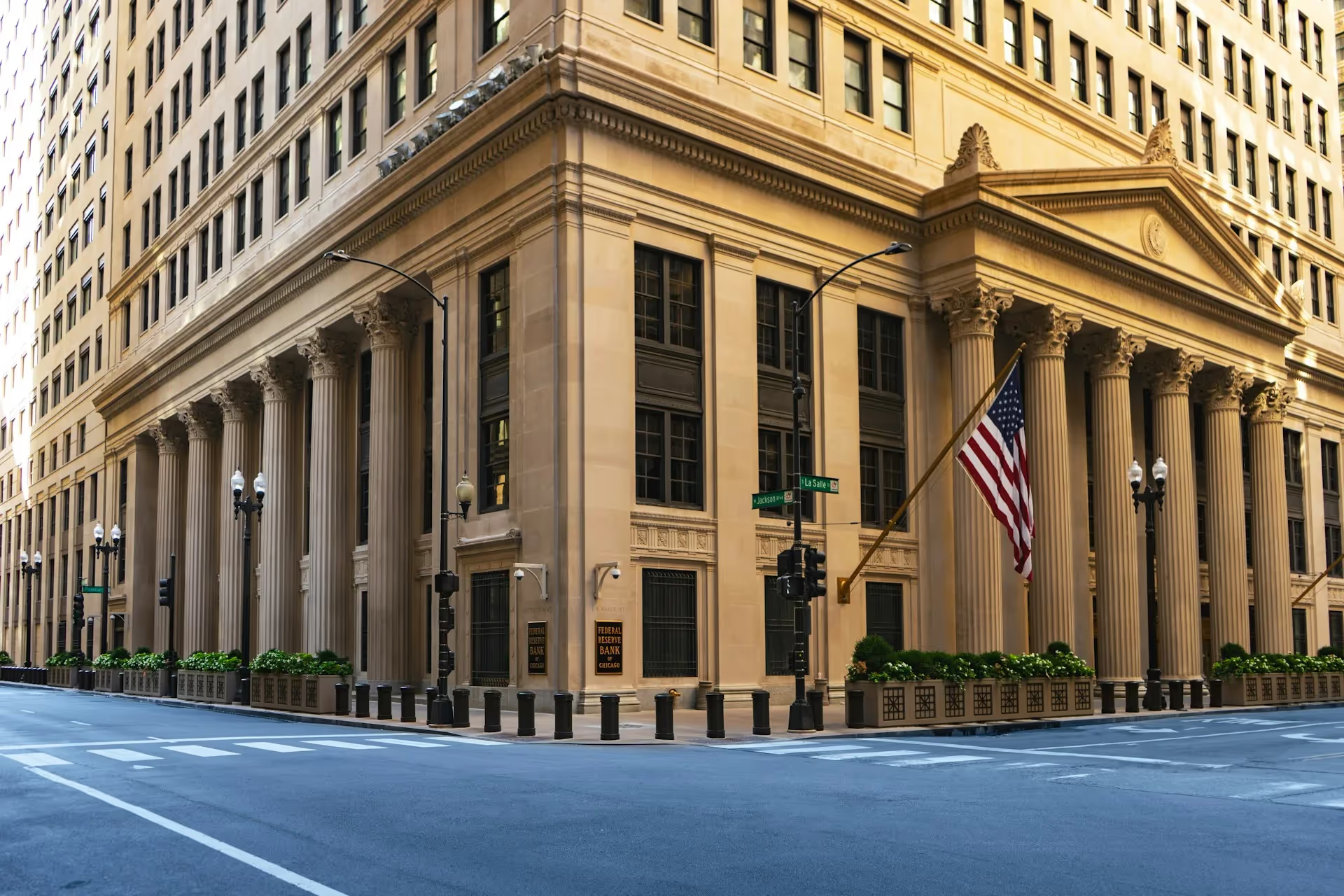
.jpg)




.jpg)


